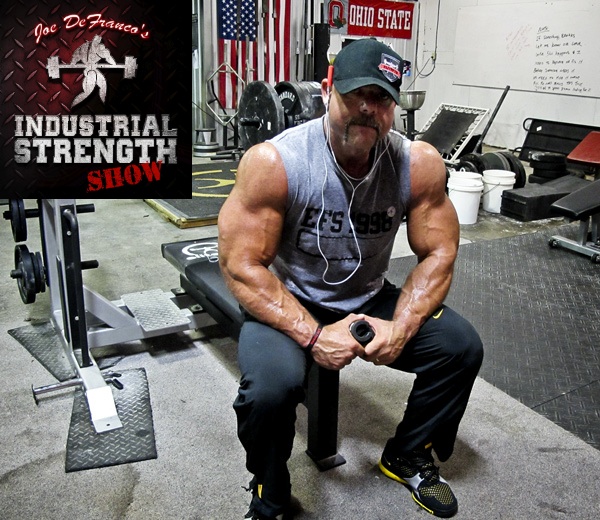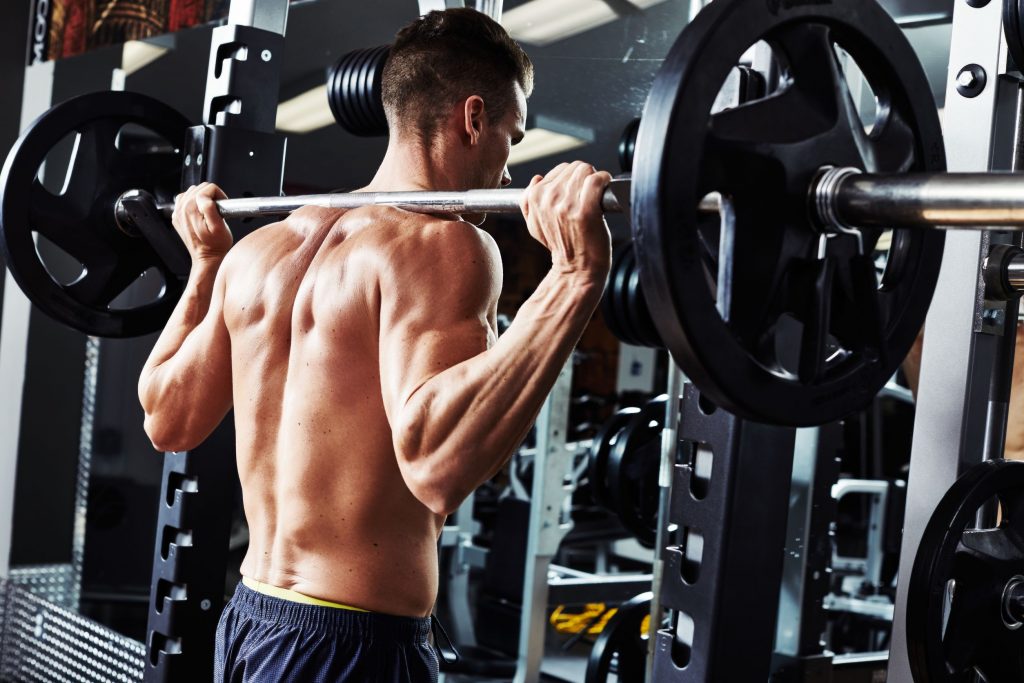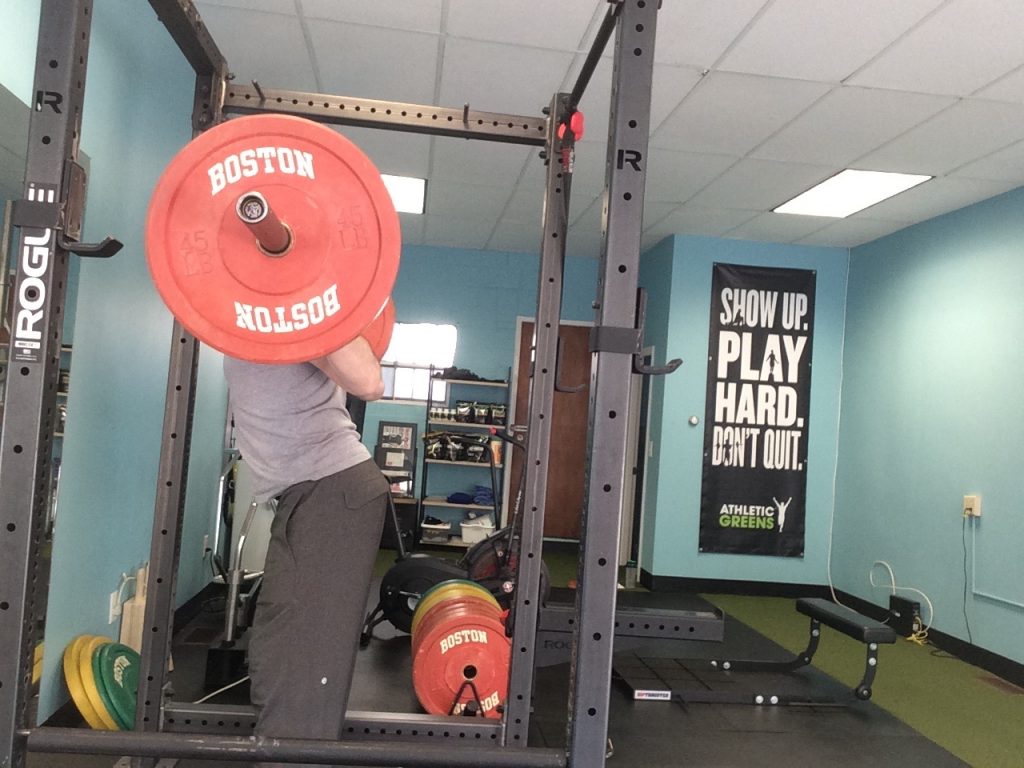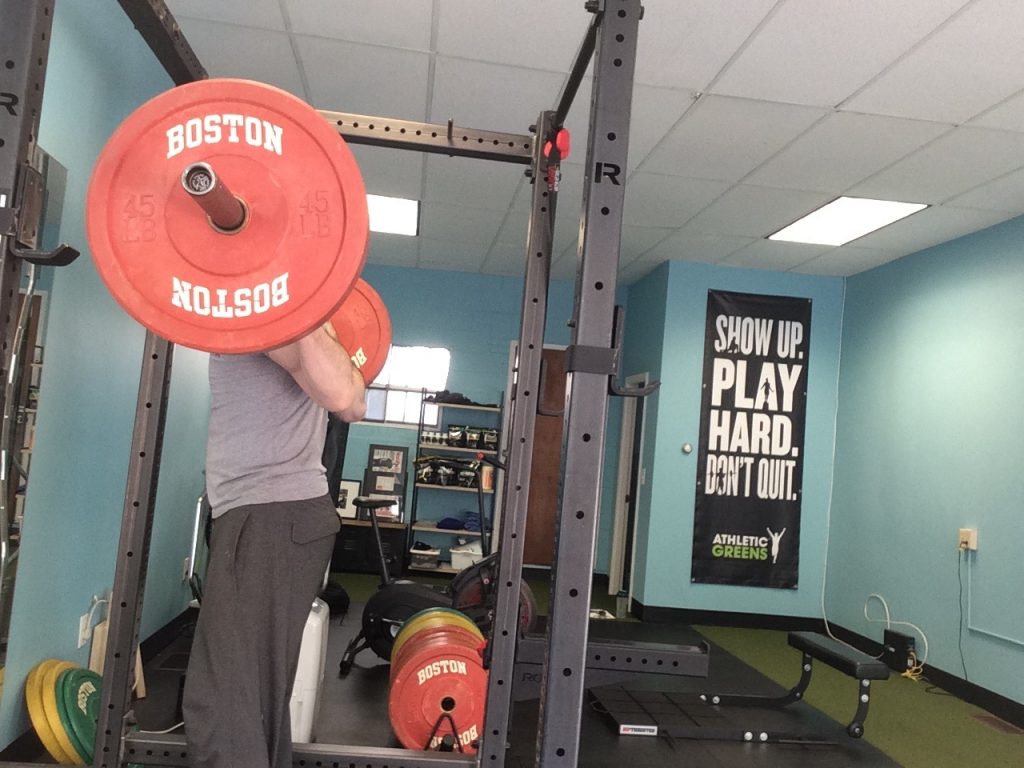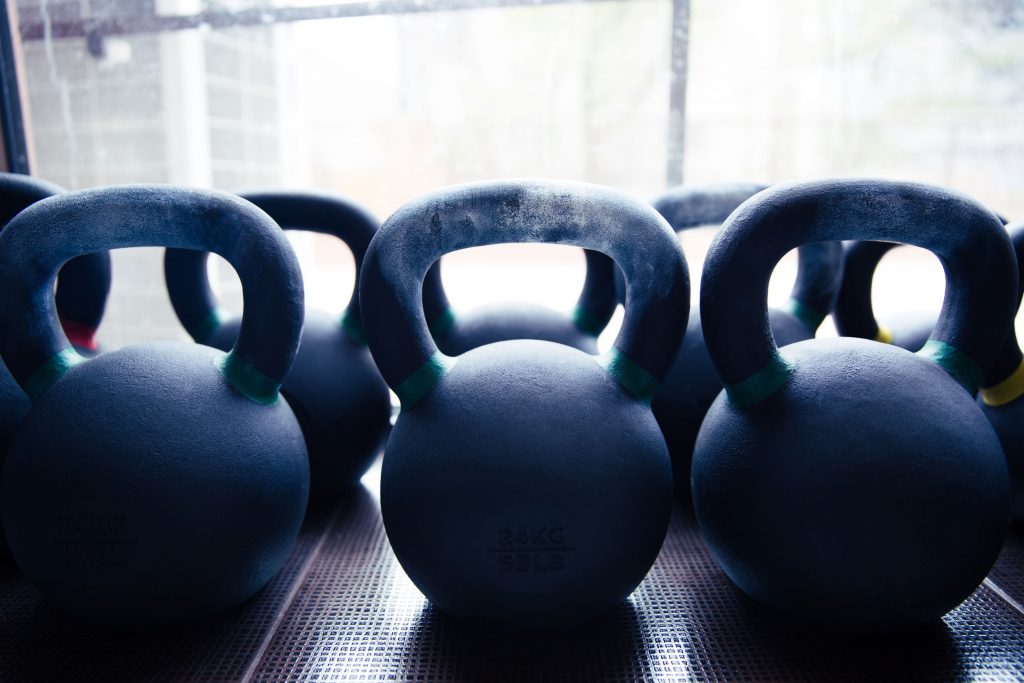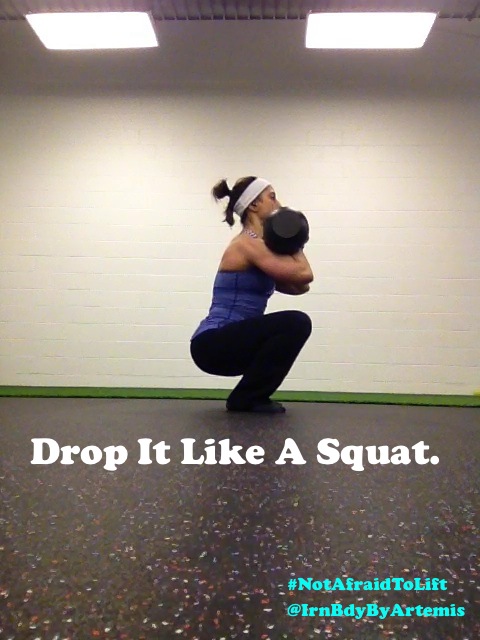The trap bar deadlift is not cheating.
Get over yourself if you think otherwise.
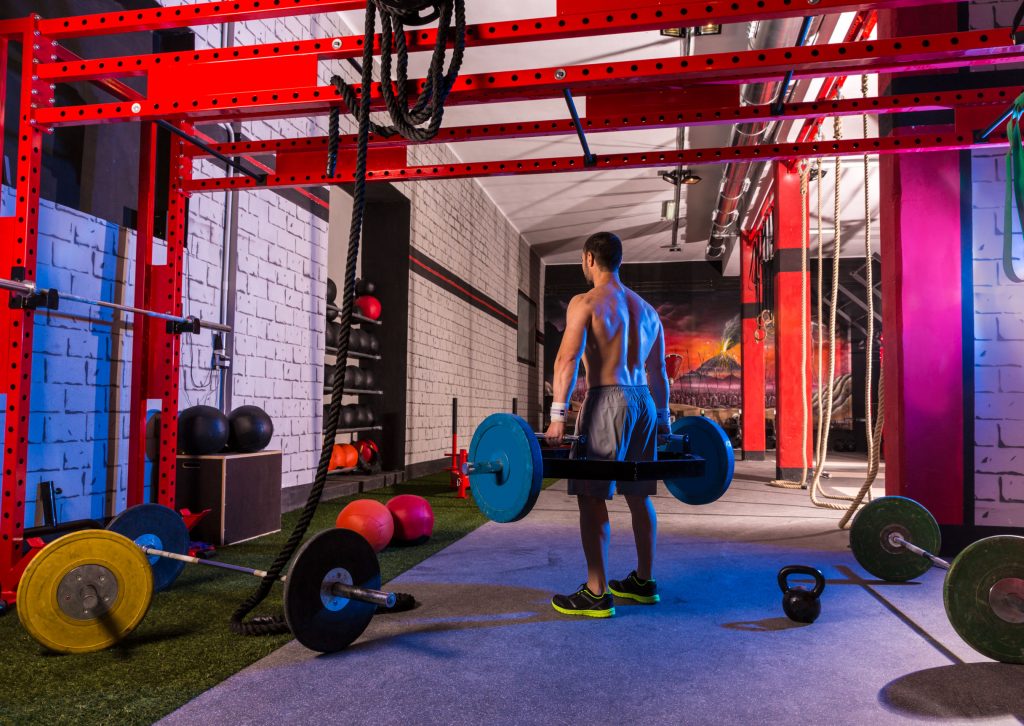
This train of thought is something I’ve experienced throughout my career on several occasions, first, when I was still at Cressey Sports Performance. Other coaches would stop by for the day to observe or shadow and inevitably one of them would inquire why we tended to solely use the trap bar for deadlifting.
“Don’t you feel that’s sorta cheating?“
Inside my head, whenever this was asked, I’d want to say something to the effect of:
“Yes, because here at CSP we’re all about shortchanging our athletes and making them inferior in every way possible. Trap bar deadlifts, 1/4 squats, UP, UP, DOWN, DOWN, LEFT, RIGHT, LEFT, RIGHT, B,A, START, SELECT1, it’s all good.”
And if they didn’t pick up on my sarcasm I’d follow up with:
“I guess I’ll just go fuck myself. Ten points taken away from Gyffindor for being an inferioir coach and using the trap bar.”
I mean, really? Cheating?
Cheating?
That’s how you assume we (I) roll? Cheat?
In reality, I’d just smile and politely mention the trap bar deadlift was a starting point for pretty much everyone who walked through our doors, professional athlete or not.
Our version of “scaling” the movement.
I understood it was just a question, that it was harmless, and that there was (likely) no ill-intent on their end to be condescending.
But holy shit, it would take every ounce of restraint to not want to do this:
And even now, on occasion, I’ll catch flak from other coaches via social media whenever I post videos of clients deadlifting with a trap bar.
The most egregious of the bunch will provide snide remarks like:
“1. Yeah, well, everyone in my gym performs conventional.”
My Response
https://www.youtube.com/watch?v=TAryFIuRxmQ
“2. Trap bar is great for beginners, but only for a few weeks. Eventually they’ll have to progress to the straight bar.”
My Response
Says who? You? The tooth fairy?
Listen, no one has to do anything. Unless you’re a competitive powerlifter or OLY lifter you don’t have to use a straight bar.
If it’s someone’s goal to straight bar deadlift, cool, lets progress accordingly. However, lets be clear that no one has to deadlift with a straight bar.
Advantages of the Trap Bar
1. It’s More Joint/Back Friendly
Because execution of the exercise requires standing inside the bar – rather than the bar in front of the body – the axis of rotation (hips) is closer to the line of pull reducing much of the shear load on the spine.
In English: It allows people to maintain more of an upright posture.
https://www.youtube.com/watch?v=p-sA3PG1kGY
Thus making the trap bar deadlift a much more joint-friendly way of deadlifting.
2. It Takes Into Account Mobility/Movement Restrictions
Those who lack the appropriate ankle dorsiflexion, hip flexion, and/or t-spine extension to get into proper (safe?) position to begin with will benefit greatly from the trap bar deadlift.
Likewise, from an anthropometric (individual differences in body types and levers) standpoint, the trap bar deadlift will lend itself more advantageous to those with longer torsos, longer femurs, and/or T-rex arms.
Basically, for taller individuals, in addition to those “stuck” in computer guy posture, the trap bar deadlift is a solid, almost long-term, fit.
3. Trap Bar Deadlift = Still a Deadlift
Correct me if I’m wrong: but the weight still starts from the floor, right? Someone still has to hinge from the hips with a neutral back position, lift the weight up, lockout, and reverse the action back down, right?
How is this not a deadlift?
How is this “cheating?”
Is an asterisk needed warranted upon the completion of each rep?

In the End
Relax. Take a deep breath. Get off your high-horse. If you’re a powerlifter or OLY lifter or Jason Bourne, then, yes, you should probably get really comfortable with straight-bar deadlift variations.
However, if you’re neither of those three, or if you work with athletes and general population clients who are not powerlifters, OLY lifters, or secret government assassins suffering from amnesia, then STFU.
The trap bar deadlift is not cheating.
Rather, you’re just being competent, well-intentioned coach who understands the balance between helping people get bigger, faster, and stronger AND keeping them healthy long-term.



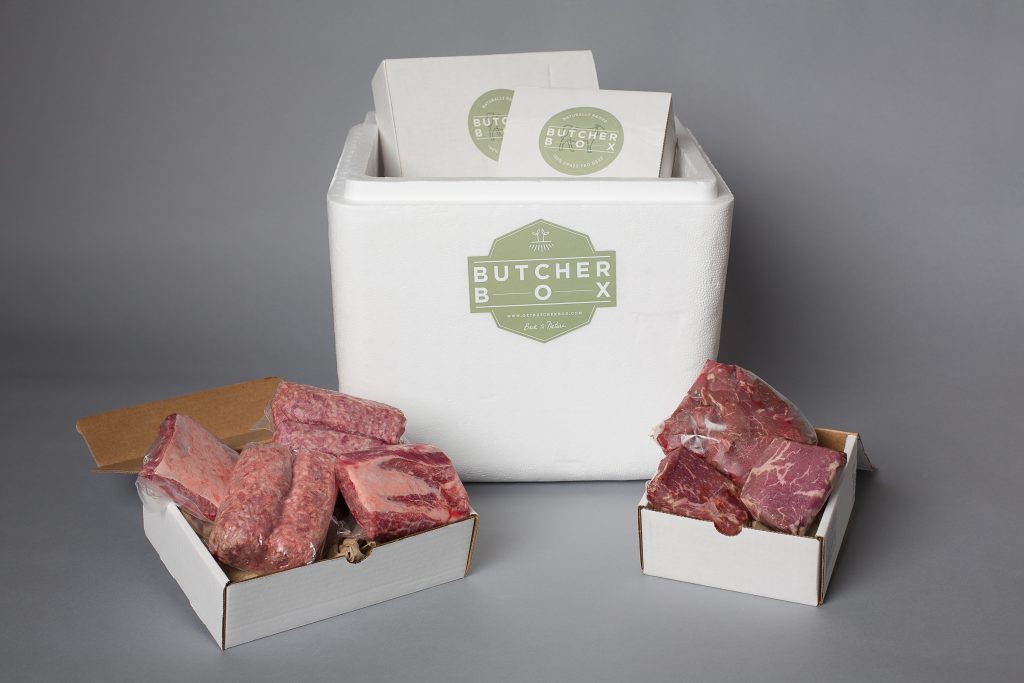

 Love. Passion. Respect. Humility.
Love. Passion. Respect. Humility.




